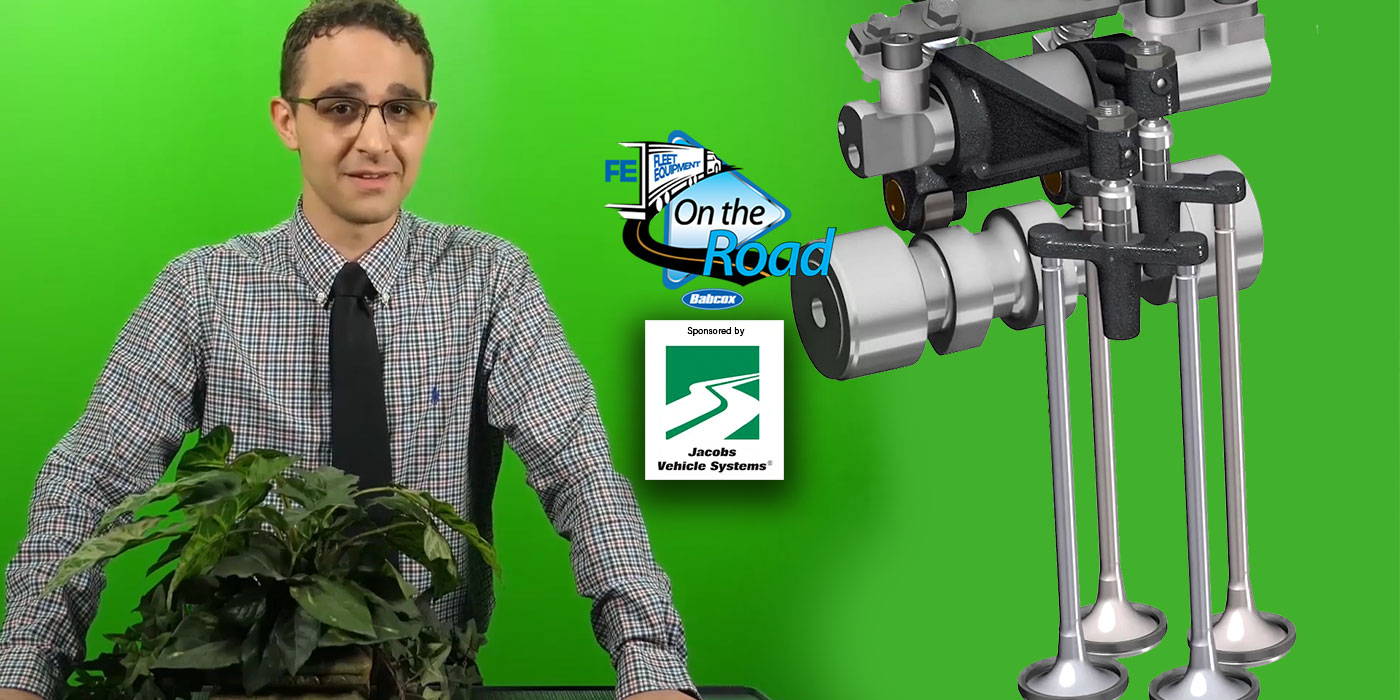Hitting the brakes on heavy-duty brake wear through engine brake technology
Not only do you save on maintenance costs, but you may also cut down on fuel consumption by using engine brakes. It’s a win-win situation!

Jacobs highlights Cylinder Deactivation, Active Decompression Technology
Jacobs Vehicle Systems’ newest demonstration truck has begun its 2022/2023 North American Technology Tour.
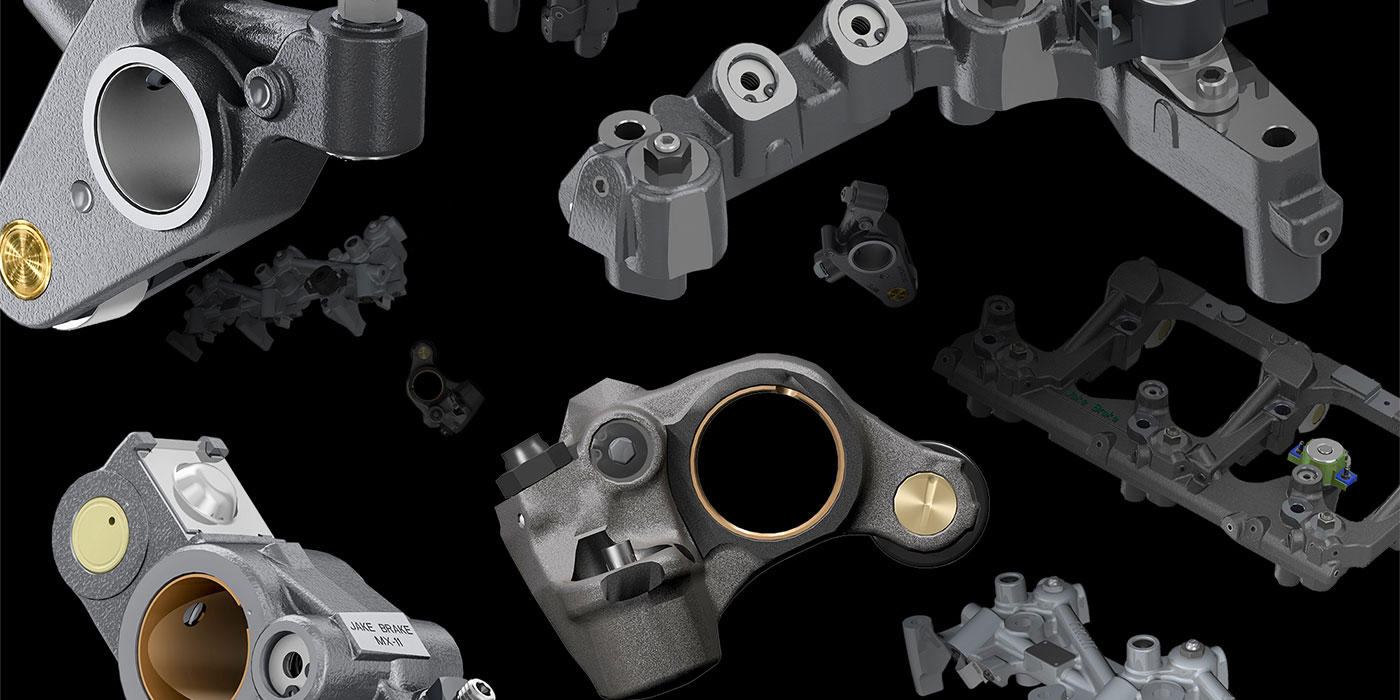
Jacobs Vehicle Systems highlights modular technologies to reduce vehicle emissions
Engine braking and cylinder deactivation technologies are key technologies for meeting upcoming global emission standards. Well known for its engine braking technologies–for example, the Jake Brake and High Power Density (HPD) engine brake–Jacobs is also developing new and effective valve control technologies, that enhance engine performance and at the same time reduce emissions and improve
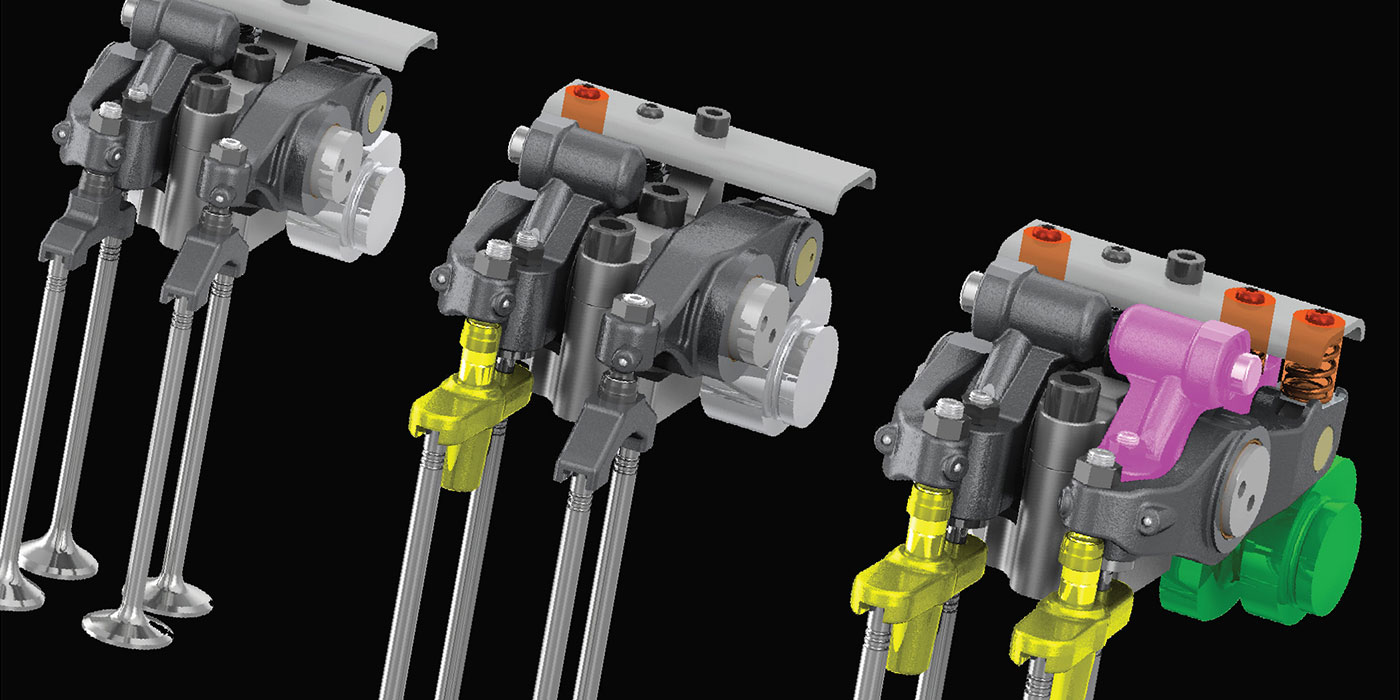
Jake Brake update enhances PACCAR engine lineup
Jacobs Vehicle Systems, manufacturer of engine retarding and valve actuation systems for the commercial vehicle industry, has upgraded the company’s engine brake on model-year 2021 PACCAR MX-11 heavy-duty diesel engines. The electronically controlled engine brake now includes a new high-flow solenoid to facilitate faster, smoother gear shifting, resulting in simplified and smoother vehicle operation, as
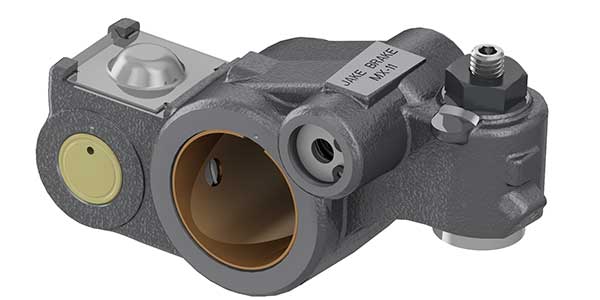
Altra divests Jacobs Vehicle Systems business
Altra Industrial Motion Corp. announced that it has entered into an agreement to sell its Jacobs Vehicle Systems (JVS) business to Cummins Inc. for $325 million. The business generated approximately $193 million in revenue in 2021. The transaction is subject to customary closing conditions, including receipt of required regulatory approvals, and the Company anticipates it

Using technology to improve diesel engine efficiency
There is no denying that there is much excitement about developments in the battery electric truck space as the commercial vehicle industry focuses on reducing its negative impact on the environment. But don’t overlook how changes in diesel engines are also making significant green gains and contributing to decarbonization. The reality is that diesel engines
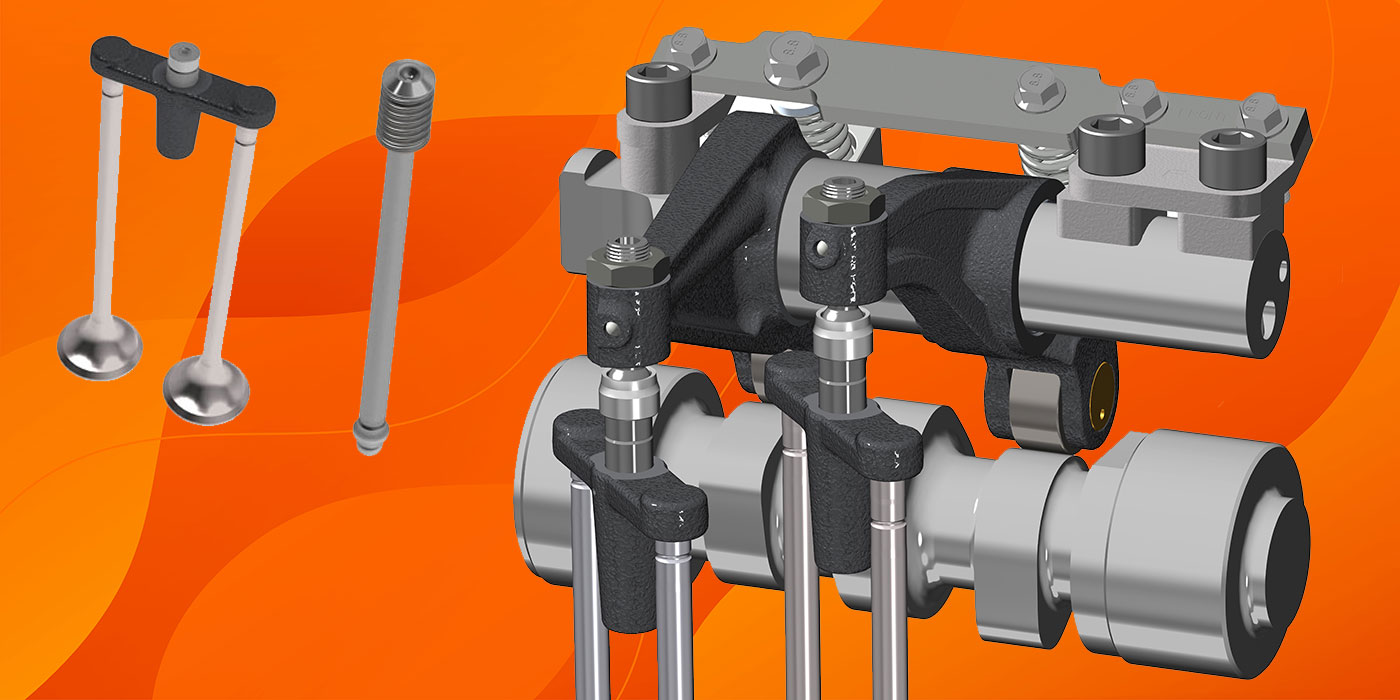
Jacobs, Tula to support dynamic skip fire technology adopters
Jacobs Vehicle Systems and Tula Technology have signed a cooperation agreement to accelerate the development of Jacobs Cylinder Deactivation (CDA) valve actuation technology in conjunction with Tula’s Dynamic Skip Fire (DSF) control algorithms. The agreement builds on two years of research and development collaboration between the two companies to reduce nitrous oxide (NOX) and carbon
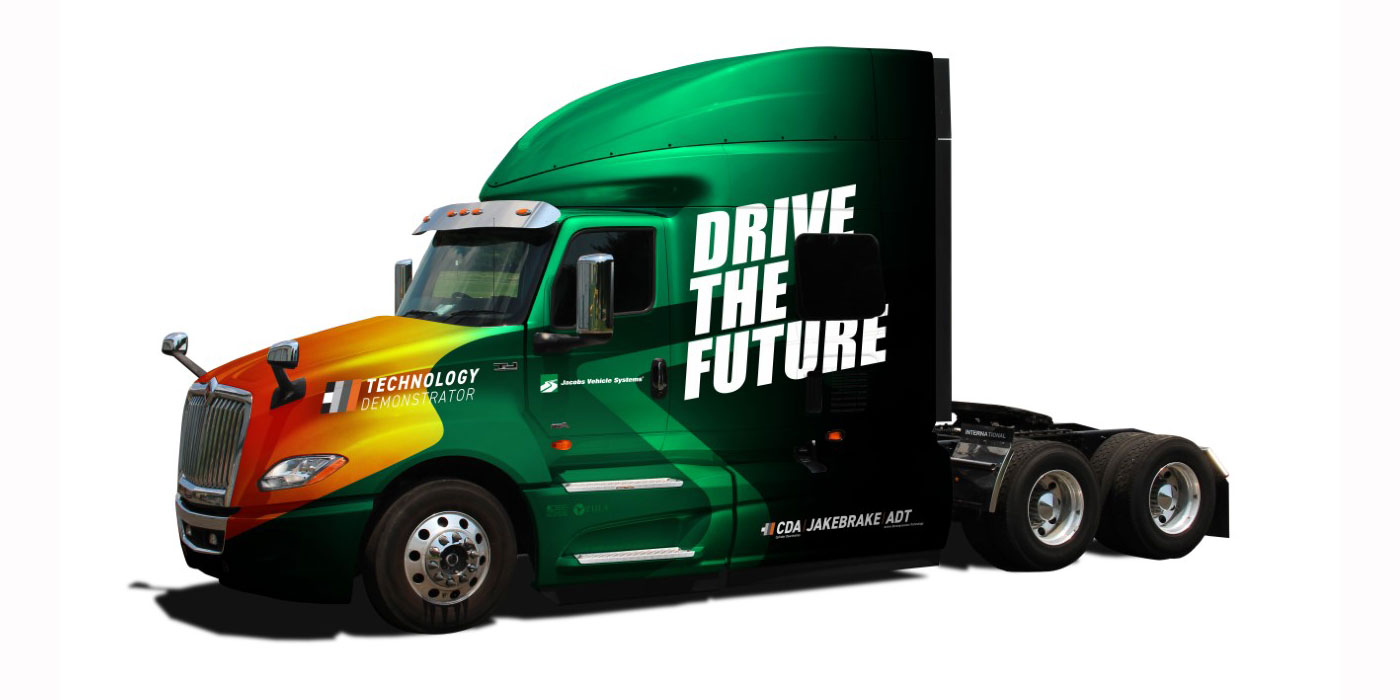
Jacobs begins Fulcrum Bridge engine braking technology production
Jacobs Vehicle Systems has begun production of Fulcrum Bridge, a technology that the company says makes it possible to combine conventional engine braking with automatic hydraulic lash adjustment. Jacobs’ first Fulcrum Bridge product includes a compression release engine brake and is part of an overall valvetrain system that will be supplied to an original equipment manufacturer
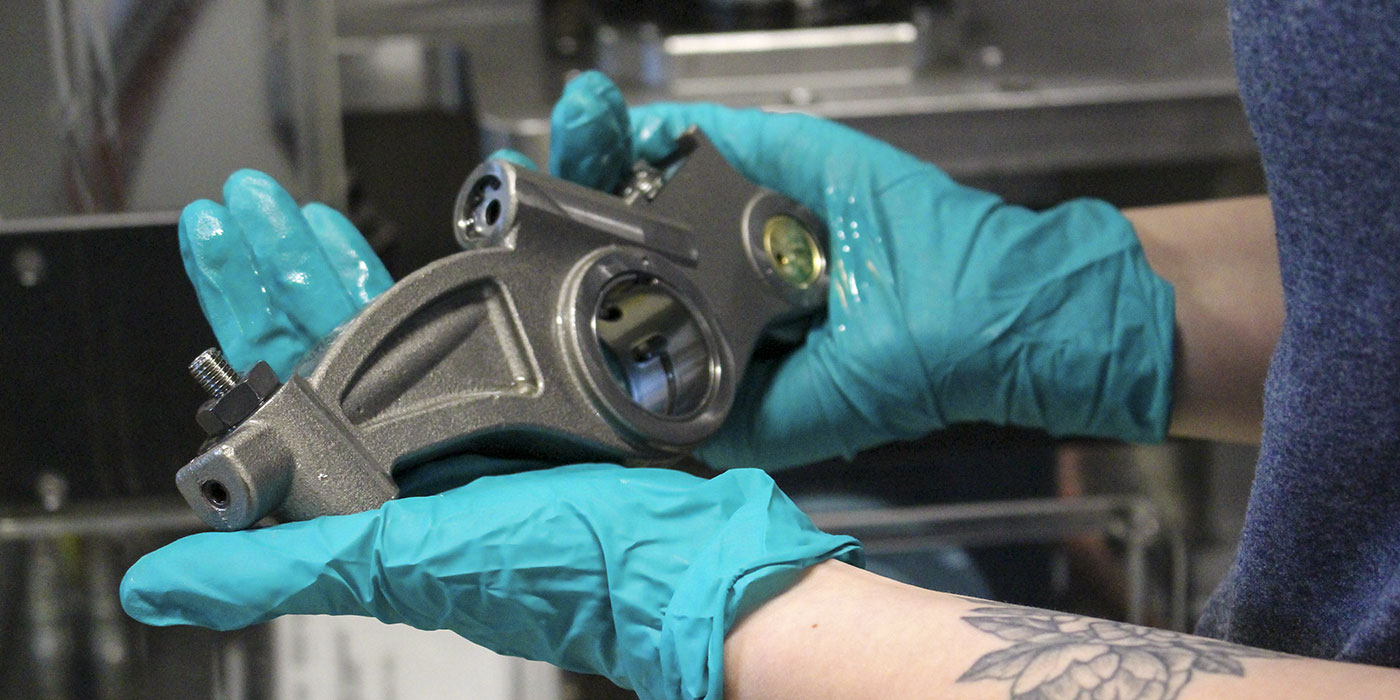
Jacobs Vehicle Systems partners with ClearFlame Engine Technologies on decarbonized engine development
Jacobs Vehicle Systems recently teamed with ClearFlame Engine Technologies, a start-up dedicated to clean engine technology, to further advance the company’s heavy-duty decarbonized engine solution. Jacobs provided installation support of its Cylinder Deactivation (CDA) technology, which complements the ClearFlame high-temperature, carbon-neutral strategy. By replacing all of the petroleum fuel used with decarbonized fuels such as
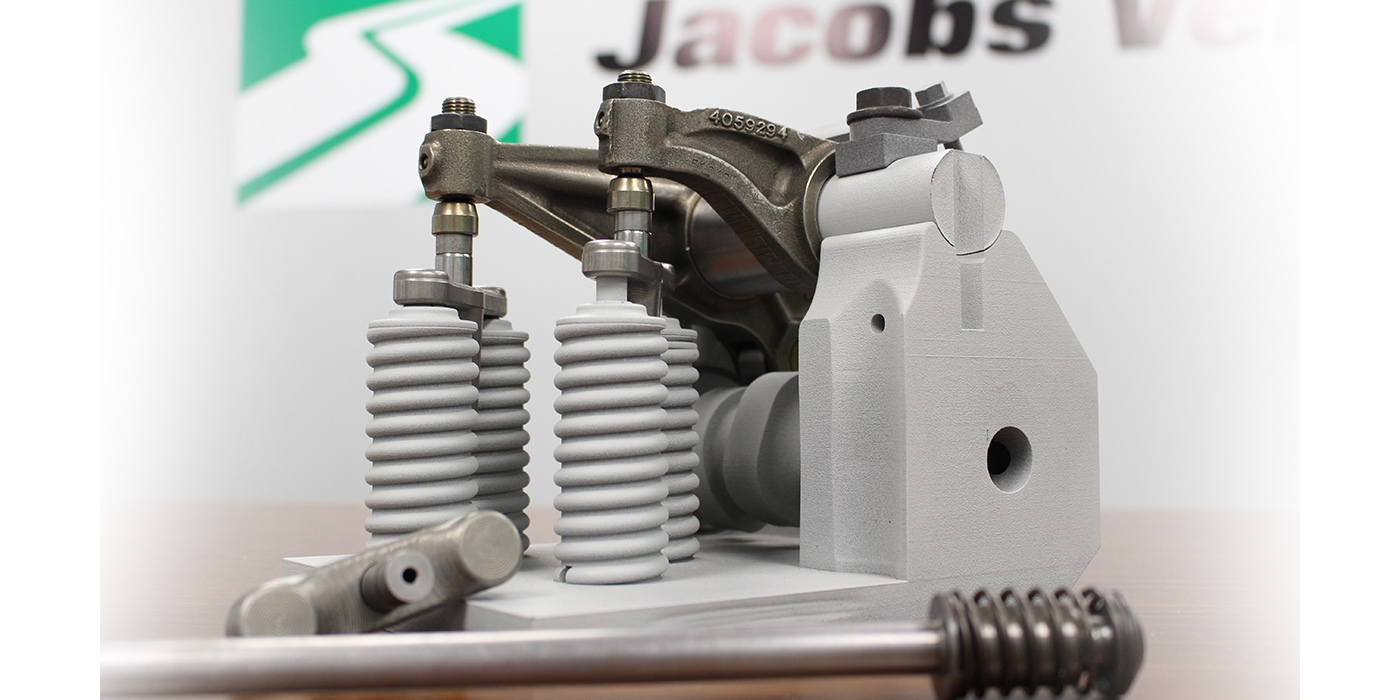
Podcast: The impact of emissions standards on trucking equipment
You’ve probably heard about the EPA GHG regulations that are ramping up throughout the 2020s, starting this year. You’ve probably also heard about more advanced emissions programs introduced by the California Air Resources Board (CARB). But you might wonder, if I don’t run trucks in California, why do I need to know what CARB is
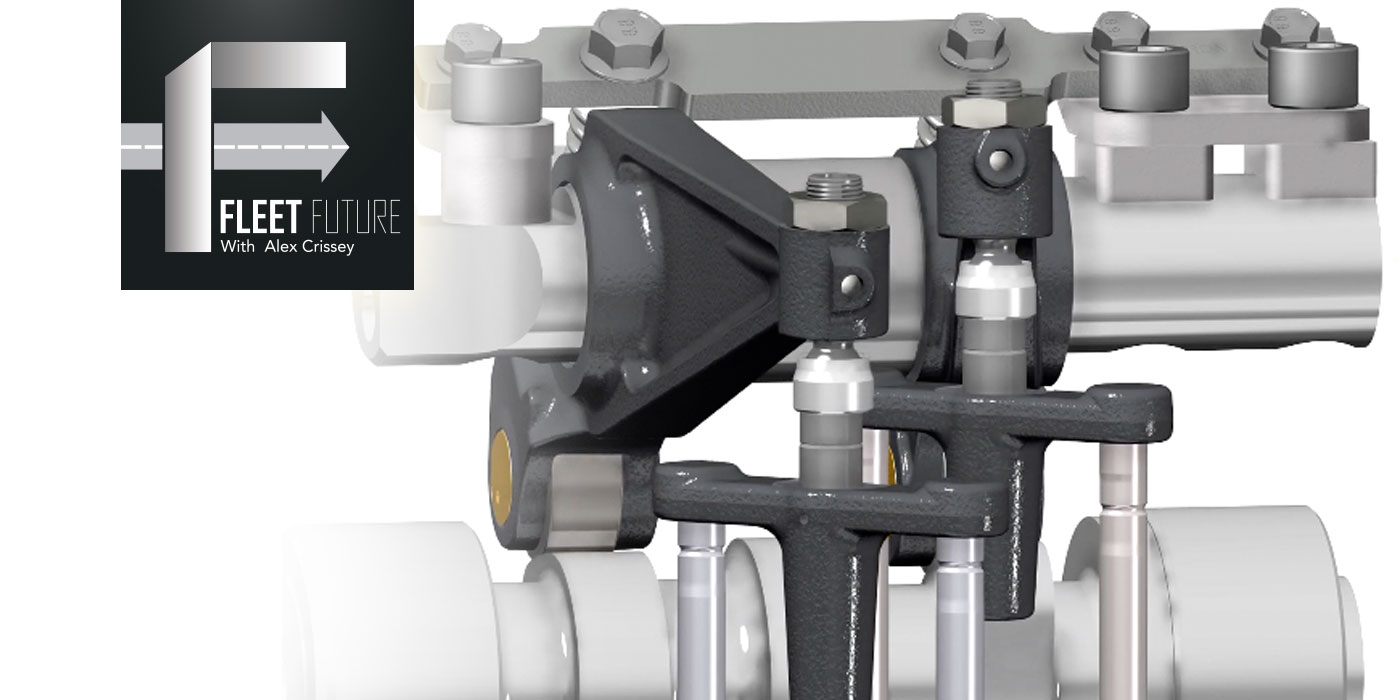
Watch: The best defense against cold weather battery issues
Your fleet, like most fleets out there, likely spends a lot of money on truck batteries, so you want the batteries you already have to last for as long as possible. All year long, everything looks good until the cold weather comes in and wrecks your bottom line. We’ve reached out to an old friend
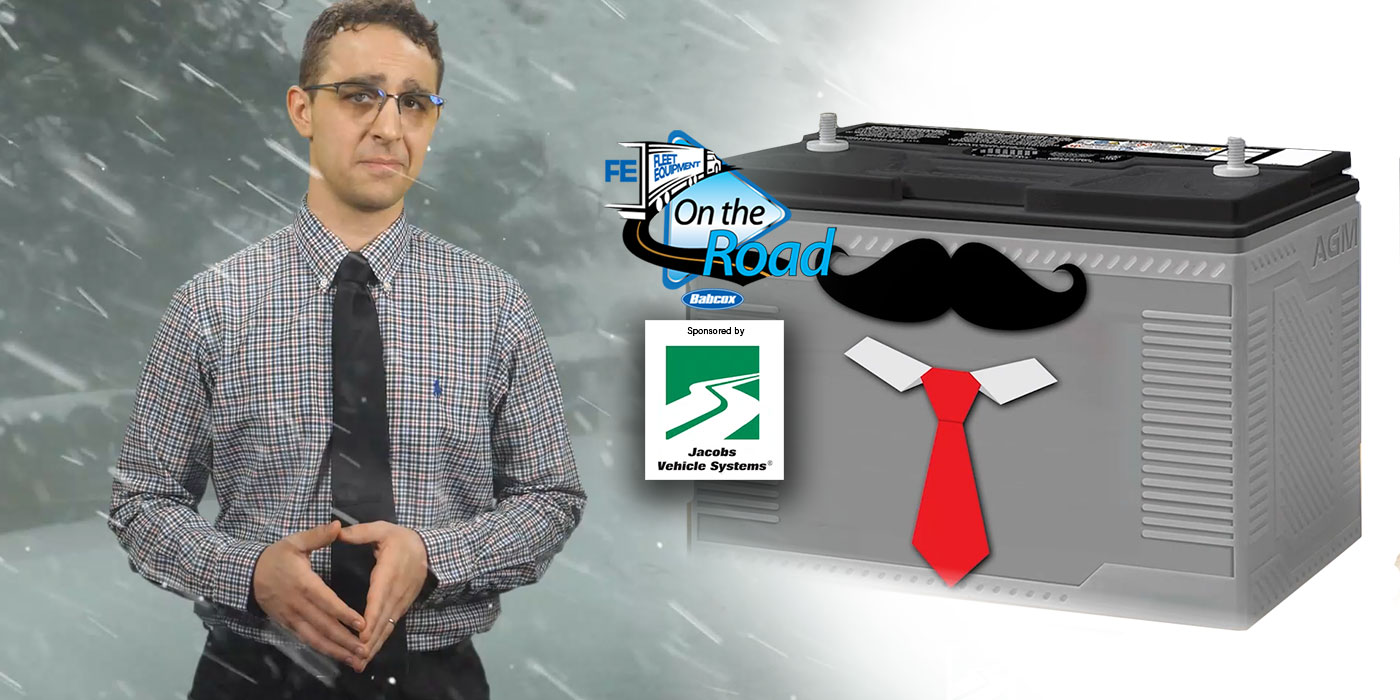
Watch: New technology to decrease a truck’s emissions & better fuel economy
In November 2018, the EPA announced the need to update nitrogen oxide emissions standards in heavy-duty trucks with its Cleaner Trucks Initiative. According to the initiative’s overview found at epa.gov, heavy-duty vehicles are the largest contributor to mobile source emissions of nitrogen oxide, and they are expected to be one of the largest mobile source
